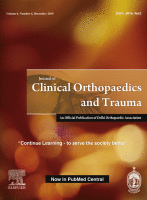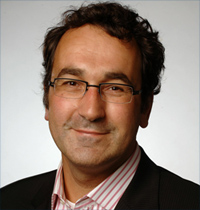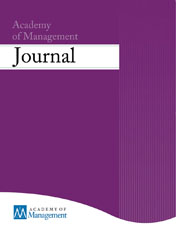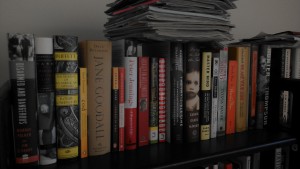How’s this for confusing: A surgery journal is retracting researchers’ response to a letter about their paper, because the letter was never actually published.
According to the managing editor of the Annals of Surgery, the letter — about a 2011 analysis of IV fluids in trauma patients — was accepted, prompting the journal to ask for a response from the authors of the 2011 paper. But the letter-writers never supplied required forms, such as conflict of interest. After spending two years trying to track them down, the journal decided not to publish the letter.
In the meantime, however, the authors’ response to the letter was “inadvertently published,” forcing the journal to retract it. Continue reading Surgery journal publishes — then retracts — response to letter that never appeared



 A
A 
 We’ve learned about two more retractions we missed for
We’ve learned about two more retractions we missed for 

 The author of a paper that looked at how the geographical spread of research and development sites has impacted innovation has posted a four-page list of corrections that fixed “empirical anomalies” in the paper.
The author of a paper that looked at how the geographical spread of research and development sites has impacted innovation has posted a four-page list of corrections that fixed “empirical anomalies” in the paper.